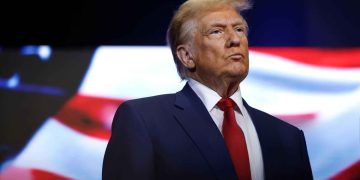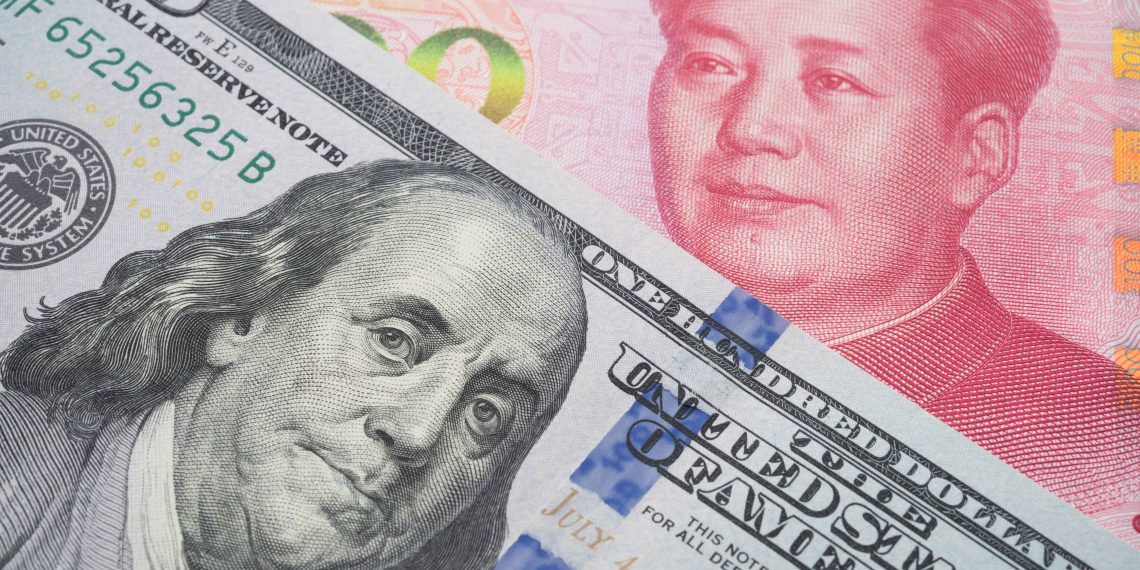With Donald Trump’s recent re-election, global financial markets are seeing significant shifts, particularly impacting BRICS economies. The Chinese yuan hit a 14-month low following Trump’s victory over Kamala Harris, as the DXY index, which measures the dollar’s strength, climbed to 107. This increase has exerted added pressure on emerging market currencies, with the Indian rupee reaching record lows alongside the yuan.
Trump’s Stand Against BRICS’ De-Dollarization Efforts
Trump’s re-election introduces a renewed scrutiny of BRICS’ ongoing de-dollarization strategy, where the bloc has sought to rely less on the U.S. dollar, using the Chinese yuan for trade settlements instead. Trump has openly stated that any BRICS attempts to replace the dollar with the yuan will face harsh consequences, including a 100% tariff on goods imported into the U.S. Such tariffs would drastically increase costs for Chinese exports, potentially weakening China’s economic stability and causing ripple effects across BRICS nations. China, whose export strength is closely tied to BRICS partners like India and South Africa, could see a profound financial impact, hampering post-pandemic recovery efforts.
Economic Implications for BRICS Amidst Dollar Surge
The U.S. dollar’s surge under Trump’s leadership has introduced new challenges for BRICS countries. The Indian rupee, for instance, recently declined to an all-time low of 84.47 against the dollar. As local currencies face depreciation, BRICS economies struggle with rising import costs, increasing inflationary pressures, and an overall decline in trade competitiveness. These nations, still in recovery mode from the pandemic, are poorly positioned to withstand another wave of economic strain brought on by a stronger dollar and heightened tariffs.
Expert Views on Diplomatic and Economic Challenges
Shen Dingli, a Shanghai-based foreign policy analyst, notes that Trump’s return to power could bring both opportunities and risks, particularly for China. However, given Trump’s assertive stance on trade, many experts believe the risks far outweigh potential benefits for BRICS. If the bloc’s de-dollarization efforts provoke additional tariffs or trade restrictions from the U.S., it could force BRICS to reconsider their current economic and financial strategies.
Outlook for BRICS Under Trump’s Administration
As BRICS strives for financial independence, the pathway to challenging the dollar’s dominance looks increasingly steep, particularly with Trump back in office. With the U.S. dollar still facilitating 80% of global trade, de-dollarization ambitions face substantial obstacles. Trump’s proposed tariffs could further reinforce the dollar’s stronghold, compelling BRICS nations to adopt cautious, more restrained approaches in their financial planning.
The future of BRICS’ policies will require careful navigation and strategic diplomacy if the bloc hopes to mitigate the effects of Trump’s trade policies. Maintaining economic resilience amidst these challenges will be essential, especially as BRICS seeks to stabilize amid a strengthening U.S. dollar and a highly competitive global market.





















